I am a pool man that neglects his very own spa at home. Yes, cast your eyes upon my shame for I deserve your scorn. I could give the normal list of excuses: I was working too much, I forgot, I thought the wife was doing it or, the new take on a classic “The dog ate my spa chemicals.” By the way, I should not have to tell you this but just in case, do not let them do that.
Well it is that time of year when everyone is firing up their hot tubs in preparation for the cool, crisp air. That also means I have been repeatedly asked the same question over the dinner table, “So is the spa ready yet?” I greet that question with the same demeanor a teen treats inquiries of the cleanliness of his room; I offer a vague answer and change the subject. But I refuse to hide anymore. I got my gumption up and I am ready to get my spa affairs in order. No more will I hide the green bubbling beast under my spa cover and you, the reader, will be the beneficiary of my spa’s repair.
This series of blog posts will follow a journey in recovering my spa into a FUN-ctioning machine. Our first blog post will show the spa in its current condition and explain the cause. The blogs hereafter will show the process of getting it back up and running. The follow-ups: The Draining, The ReFill and Chemical Maintenance.
An Honest Fact
As a pool pro, 99 percent of my expertise is in pools and not spas. They both are sanitized bodies of water but are different beasts in terms of bather load. An example of this is that 2 bathers in a spa is equivalent to 150 people in the average backyard swimming pool, temperature and the chemicals that treat sanitation. My normal pool intuitions may not be all that helpful so I have supplemented that knowledge with that of our other pool techs on staff and the Leisure Time “Simple Spa Care” DVD which is supplied with the deluxe spa care kit I’ll be using.
The Scene of the Crime
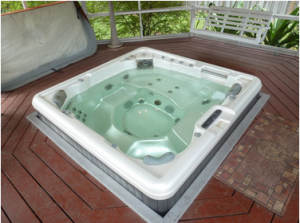 This is my spa. There are many like it, but this one is mine. The pictures tell you the story of neglect but I will rattle off the offenses just for the sake of record. Along the way, we will provide the causes for the specific malady and later we will discuss the fix.
This is my spa. There are many like it, but this one is mine. The pictures tell you the story of neglect but I will rattle off the offenses just for the sake of record. Along the way, we will provide the causes for the specific malady and later we will discuss the fix.
First we will discuss the water chemistry, or lack thereof. All the important chemistry stats have flatlined to the point of no return. The water chemistry building blocks missing in our foundation are the Free Chlorine (FC), pH, Alkalinity (Alk) Calcium Hardness (CH.)
- Free Chlorine – Chlorine is the sanitizing powerhouse within your water. If your water is clean, the cause is likely this guy is kicking some serious bacteria butt. In spas the necessary FC level ranges from 3 – 5 ppm. As seen in the pre-cleaning water test, the chlorine level is minimal which may be the reason for the greenish hue of the water – algae growth.
- pH – The measure of the water’s total acidity, an out of whack pH level can cause corrosion of metals around the body of water. Measured on a scale of 0-14, the lower the number the more corrosive the water. The ideal range for spa pH is in the neutral zone of 7.2 – 7.8.
- Alkalinity – While often mentioned in the same breath with pH, alkalinity and pH are not locked with one another. The alkalinity is more of a catalyst to the proper balancing of pH but each is controlled by two different chemical sources. The ideal range for alkalinity is 120 – 180 ppm.
- Calcium Hardness – The measure of water hardness is calculated by its calcium content. The sweet spot for calcium levels for spas is 200 – 400 ppm. Anyone who has drunk hard water knows it is not good for you due to the high amount of minerals. Due to its high calcium content, it can cause scaling on spa surfaces. On the flip side, soft water can be just as bad because it proves to be corrosive to plaster surfaces and metal equipment, i.e heaters and pumps. A symptom of soft water is a foamy spa. If a spa is foaming but defoaming agent does not curb the issue, add a calcium increaser.
Have Cartridge, Will Filter
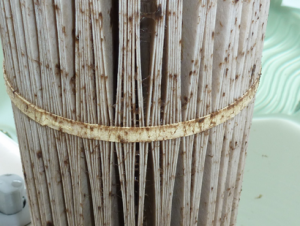 If your cartridge resembles that of mine burn it, burn it with fire. I’m kidding of course but likely there is no other recourse but to throw it away. The cartridge of your spa is the only filtering element able to catch all the little particles and microbes the naked eye can not see. A dirty cartridge will begin to soak through all the bad materials it has been trapping and introduce them back into your spa. Also known as the world biggest teabag.
If your cartridge resembles that of mine burn it, burn it with fire. I’m kidding of course but likely there is no other recourse but to throw it away. The cartridge of your spa is the only filtering element able to catch all the little particles and microbes the naked eye can not see. A dirty cartridge will begin to soak through all the bad materials it has been trapping and introduce them back into your spa. Also known as the world biggest teabag.
Drain on a Good Time
This spa drain is mucky, disgusting, nasty and downright deplorable. Another way to describe it is clogged. This bottom suction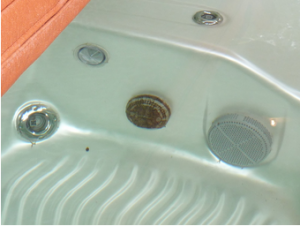 drain is completely covered with remnants of bathers past. This collection of skin cells, grease, oils, and other matter is due to a lack of enzyme agents to eat away at the microbial source. Another effect rooted in the dirty cartridge we see in the above picture. And if the drain looks like that, just imagine what the pipes look like. This is a major issue concerning water flow as well as restricted pipes which can cause the pump to overwork, leading to premature failure.
drain is completely covered with remnants of bathers past. This collection of skin cells, grease, oils, and other matter is due to a lack of enzyme agents to eat away at the microbial source. Another effect rooted in the dirty cartridge we see in the above picture. And if the drain looks like that, just imagine what the pipes look like. This is a major issue concerning water flow as well as restricted pipes which can cause the pump to overwork, leading to premature failure.
A Shell of its Former Self
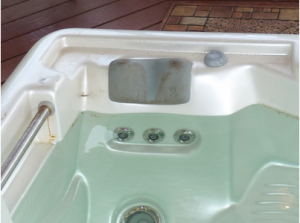 Excuse the pun because this is a serious matter. The shell of your spa is like the cherry red paint job on a nice car; it needs to be buffed to protect it from the elements. A shell that is left to bake in the sun or be eaten away by corrosive rotting water will deteriorate sooner than you think. A unrepairable shell leaves you with no real option other than to replace it. The shell of my spa has serious scumline issues as can be expected with a body water in its condition. As stated earlier, the out of whack water chemistry has the ability to corrode handrails as well.
Excuse the pun because this is a serious matter. The shell of your spa is like the cherry red paint job on a nice car; it needs to be buffed to protect it from the elements. A shell that is left to bake in the sun or be eaten away by corrosive rotting water will deteriorate sooner than you think. A unrepairable shell leaves you with no real option other than to replace it. The shell of my spa has serious scumline issues as can be expected with a body water in its condition. As stated earlier, the out of whack water chemistry has the ability to corrode handrails as well.
Control Panels
A self contained spa has sensors upon sensors that check its water level, heater and pump status constantly. When your spa water is chemically imbalanced and the spa is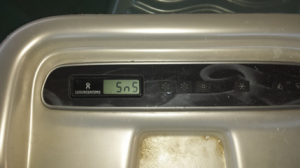 in disrepair, these sensors will definitely let you know. Each spa brand has its own code book so be sure to track down your owners manual to be able to read your control panel.
in disrepair, these sensors will definitely let you know. Each spa brand has its own code book so be sure to track down your owners manual to be able to read your control panel.
Just the Beginning…
As you can see, I have a long way to go in getting this spa up and running but I’ll bring you along every step of the way. Stay tuned for our next edition, Draining and Refill.
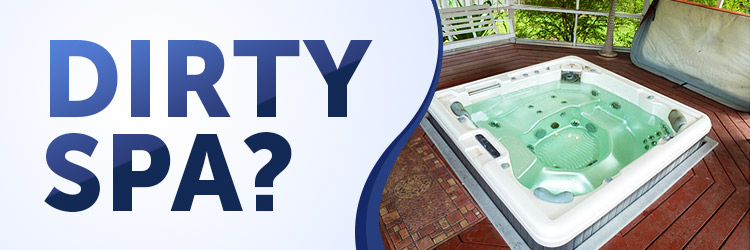
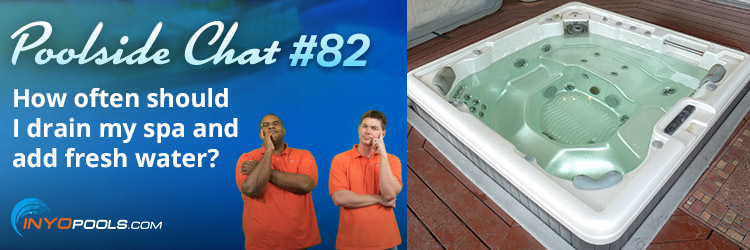
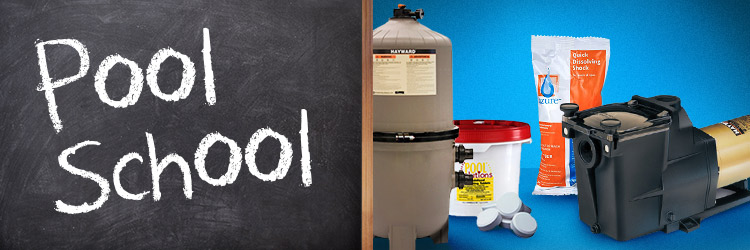
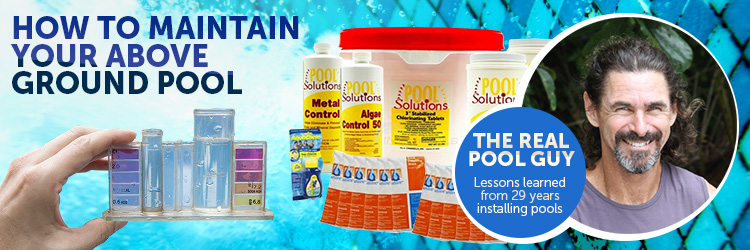
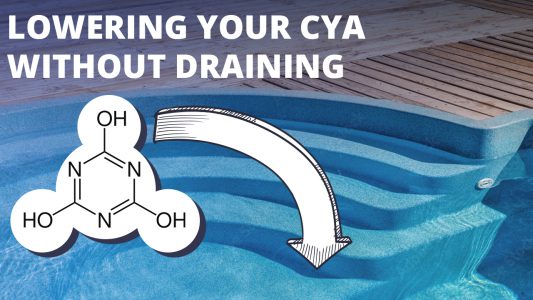






I wish I had read this before I bought my swim spa. We spent a fortune and we hate it! After downsizing from a home with a pool, we decided this would be a good replacement for entertaining our family. Wrong, all we do is clean the filters and nobody is that interested in using it. I think we must have very bad well water. We didn’t use it at all this winter and my husband had to clean the filters three times a week and constantly add water.
It will be closed next winter for sure if we don’t have it hauled away!!!
You info is interesting…and thanks for letting me vent!